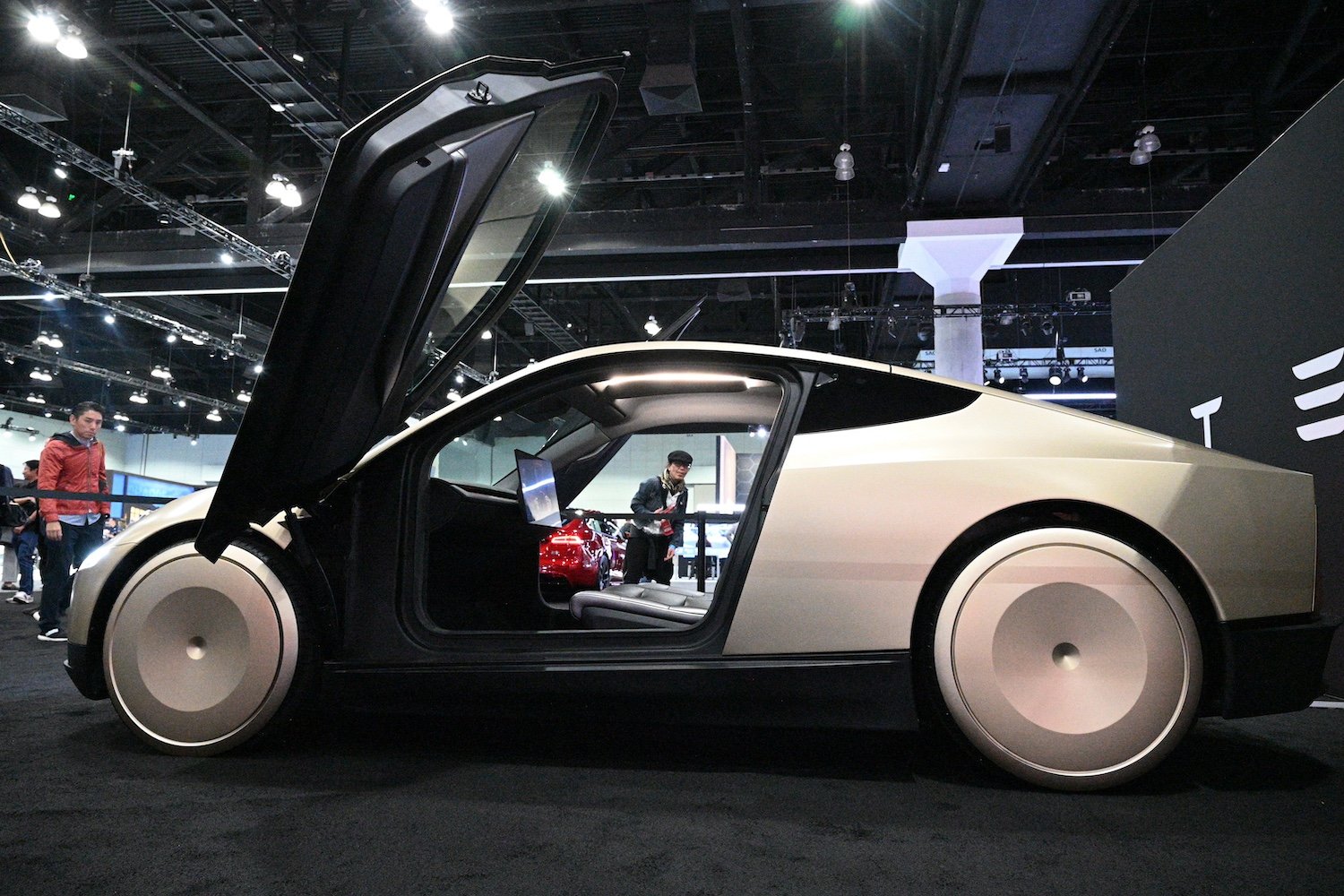- cross-posted to:
- avs@futurology.today
- cross-posted to:
- avs@futurology.today
Silicon Valley wants us to believe that their autonomous products are a kind of self-guided magic, but the technology is clearly not there yet. A quick peak behind the curtain has consistently revealed a product base that, at a minimum, is still deeply reliant on human workforces.



Two notes on this as someone who works in the sector.
It’s “completely normal”, but only if you’re not having a full time driver for each vehicle, which is what the article sounds like… Then the vehicles wouldn’t be autonomous, they’d just be teleoperated.
And the second part, why is this an industry standard and why are investors ok with it? Imagine you have a product (robotaxi) that is autonomous but can’t deal with absolutely everything on its own (not even Waymo is that advanced). The key component that you need to build into the system is the ability to come to a stop safely, and be recovered remotely. Then these “teleoperators” can recover the vehicles if/when they fail, and given a sufficiently low failure rate, you can have one operator for each X vehicles. Even if this is more than “0 drivers”, having 1 driver per 10 vehicles is a massive cost saving. Plus zooming out and thinking of other things than robotaxis, there are sectors like mining where they don’t care (that much) about the number of drivers - their primary goal is to have the drivers away from a dangerous mine. They can save money from simplifying operations that way.